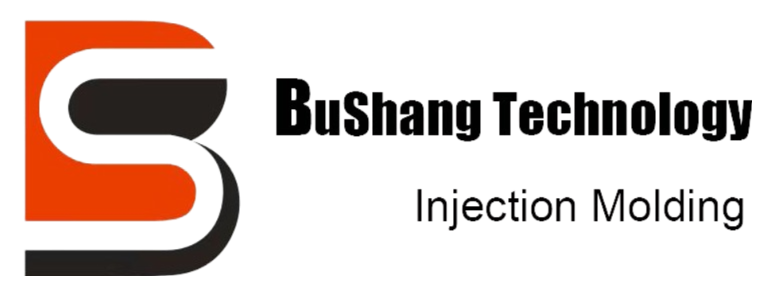Many of our dresses feature beautiful beading on the sleeves
material selection
Material selection plays a crucial role in the occurrence of warpage. Different plastics have different shrinkage characteristics, which can lead to different cooling rates and subsequent warping. High shrinkage materials, such as nylon, are particularly prone to warping. Understanding the shrinkage characteristics of different materials is critical to mitigating warpage issues.
Part design
The design of the molded part is another key factor in warpage. Certain design features, such as thin sections, long unsupported walls, sharp corners, or wall thickness variations, can cause uneven cooling and warping. Considering these aspects during the part design phase can help minimize warpage issues.
Process parameters
The process parameters used in the injection molding process, including injection pressure, injection speed, melt temperature and holding pressure, can have a significant impact on warpage. Injection speeds that are too fast or melt temperatures that are too high can cause uneven cooling, leading to warpage. Optimizing these parameters based on material properties and part design is critical to minimizing warpage.
cool down
The cooling phase of the injection molding process is crucial to obtain dimensionally stable parts. Insufficient or uneven cooling can cause warping. Using appropriate cooling channels, cooling times and cooling media can help achieve uniform cooling and reduce the possibility of warping.
Determining the root cause of warpage is critical to finding an effective solution. Here are some techniques for identifying and resolving warpage issues:
1. Mold flow analysis
Moldflow Analysis is a computer-aided engineering tool that simulates the injection molding process. It allows manufacturers to predict and visualize potential warpage issues during the design phase. By analyzing the flow, filling patterns and cooling behavior of molten plastic, mold flow analysis helps identify problem areas in part designs and recommend modifications to minimize warpage.
2. Mold design optimization
Carefully designed molds can significantly reduce warpage. Adding features such as cooling channels, proper gate location and ventilation can help achieve even cooling and minimize warpage. The use of advanced mold design techniques, such as conformal cooling, can further improve cooling efficiency and reduce warpage.
3. Process parameter optimization
Warpage can be mitigated by optimizing process parameters based on experimental data and mold flow analysis. A systematic evaluation of injection pressure, injection speed, melt temperature, and holding pressure can determine the optimal conditions for minimizing warpage. Process monitoring and control mechanisms, such as closed-loop control systems, help maintain stable process conditions and reduce the chance of warpage.
4. Post-molding technology
Post-forming techniques can also be used to address warpage issues. These include techniques such as annealing, stress relief, or post-molding corrections to the part. Annealing involves subjecting molded parts to controlled heating and cooling cycles, which helps relieve internal stresses and reduce warpage. Post-forming corrections, such as heat straightening or laser straightening, can reshape warped parts to the expected dimensions.












